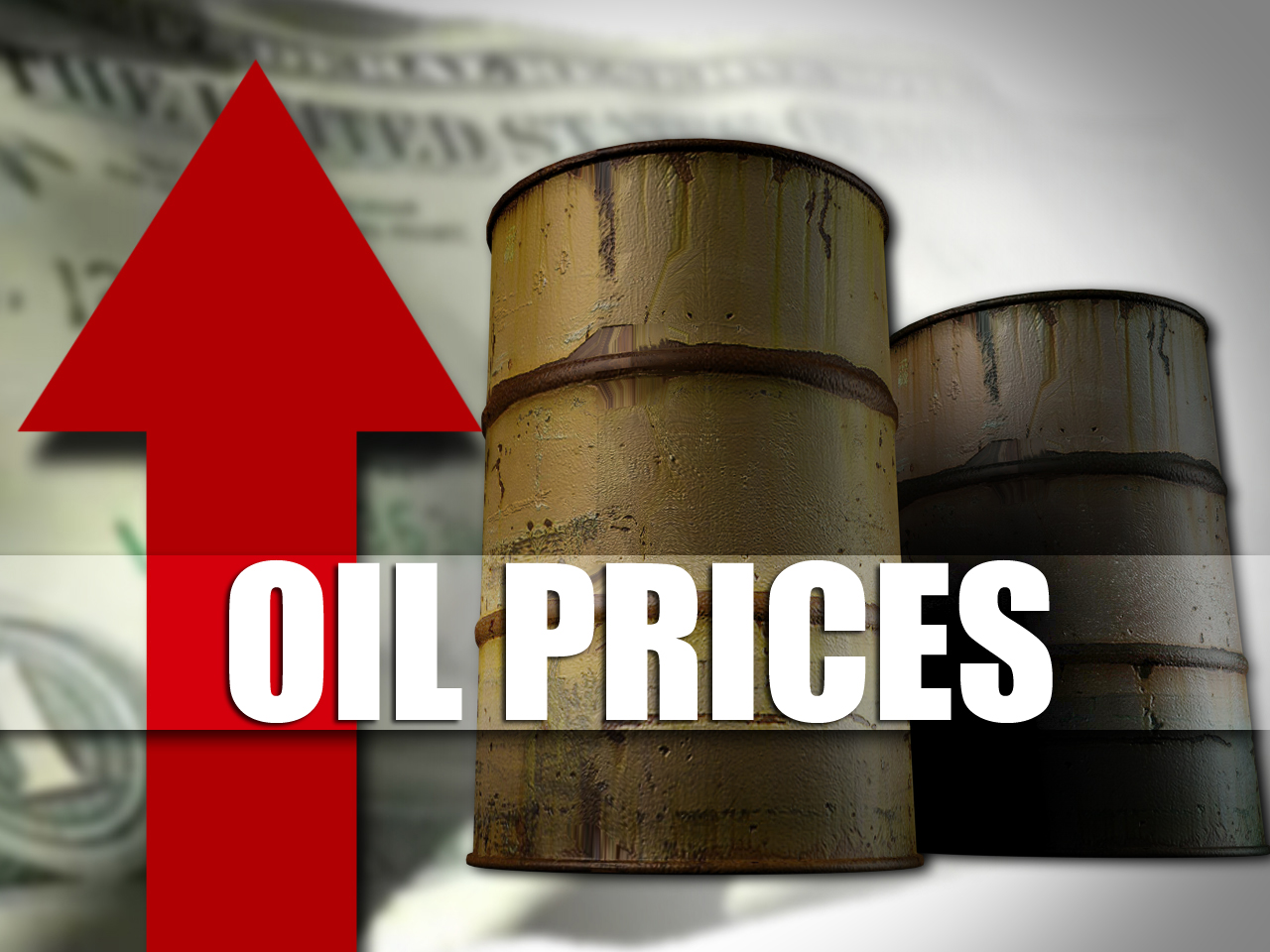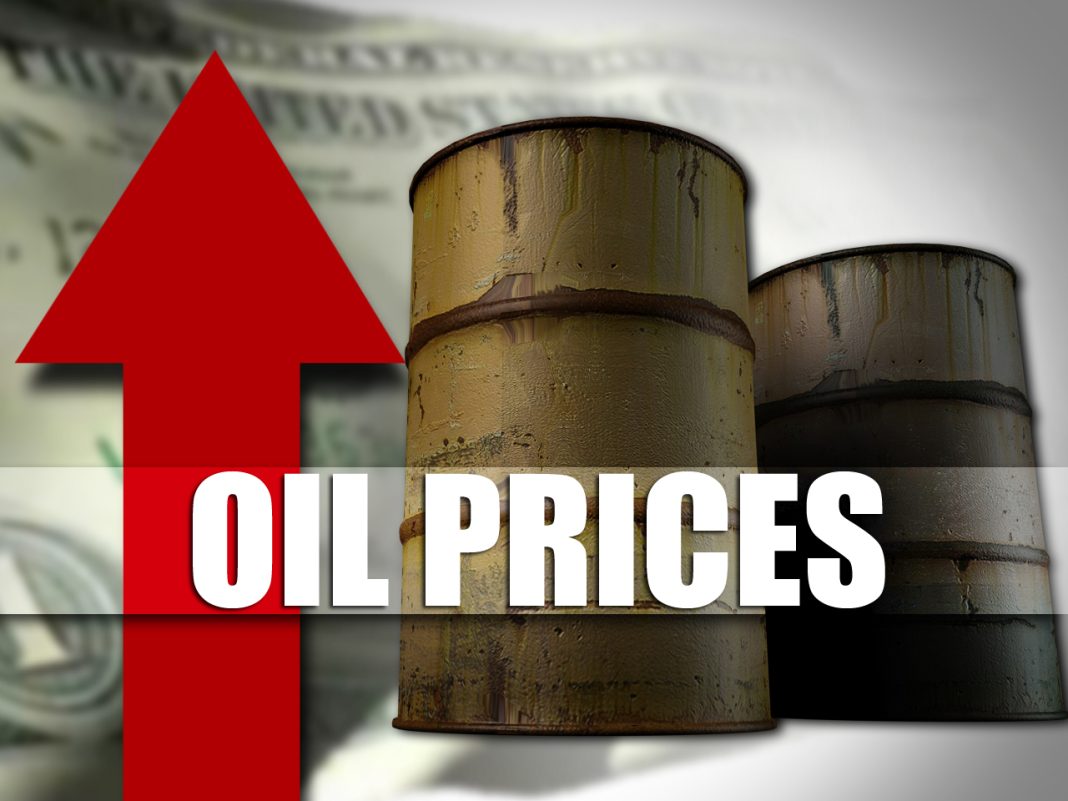 Oil Prices Rise as Global Demand Increases
Oil Prices Rise as Global Demand Increases
Oil prices saw an increase on Wednesday, with benchmark U.S. crude oil for August delivery rising 69 cents to $82.10 per barrel. This rise can be attributed to the growing global demand for oil, as economies continue to recover from the impact of the COVID-19 pandemic.
According to recent studies, the easing of travel restrictions and the reopening of businesses have led to an increase in oil consumption. As a result, Brent crude for September delivery also rose by 42 cents to $85.08 per barrel.
Gasoline Prices Experience a Minor Dip
While oil prices are on the rise, wholesale gasoline prices experienced a slight dip. Wholesale gasoline for August delivery fell 3 cents to $2.50 a gallon. This decrease can be attributed to various factors, including fluctuations in supply and demand and changes in refining capacity.
The fluctuation in gasoline prices is a common occurrence in the energy market, as it is influenced by several factors such as geopolitical tensions, weather conditions, and economic indicators. Despite the minor dip, experts predict that gasoline prices may stabilize or even increase in the coming months as global demand for oil continues to rise.
Steady Prices for Heating Oil and Natural Gas
In contrast to gasoline prices, the prices for August heating oil remained unchanged at $2.52 a gallon. Heating oil is primarily used for residential and commercial heating purposes, and its prices are influenced by factors such as weather patterns and global oil supply.
Similarly, the price of natural gas for August delivery fell 1 cent to $2.33 per 1,000 cubic feet. Natural gas is a widely used source of energy for heating, cooking, and electricity generation. Its prices are affected by factors such as weather conditions, storage levels, and natural gas production.
Precious Metals Show Mixed Results
In the precious metals market, gold saw a rise in price, with August delivery increasing by $11.80 to $2,379.70 per ounce. Gold is often considered a safe-haven investment during times of economic uncertainty and inflationary pressures. The rise in gold prices can be attributed to investors seeking to hedge against potential risks in the global economy.
On the other hand, silver prices experienced a minor decline, with September delivery falling 5 cents to $31.01 per ounce. Silver, often seen as a more volatile investment compared to gold, is influenced by factors such as industrial demand, investor sentiment, and global economic conditions.
Copper prices saw a modest increase, with September delivery rising by 3 cents to $4.61 per pound. Copper is widely used in various industries, including construction and electronics, making it a key indicator of global economic growth. The rise in copper prices suggests optimism in the global economy as demand for industrial metals increases.
Currency Market Update
In the currency market, the dollar strengthened against the Japanese yen, rising to 161.77 yen from 161.33 Japanese yen. The rise in the value of the dollar can be attributed to several factors, including positive economic data and expectations of higher interest rates in the United States.
Meanwhile, the euro also saw a minor increase, rising to $1.0825 from $1.0813. The euro’s performance is influenced by factors such as economic indicators, political developments in the Eurozone, and monetary policy decisions by the European Central Bank.
Conclusion
The recent trends in oil prices reflect the increasing global demand for oil as economies continue to recover from the impact of the COVID-19 pandemic. While gasoline prices experienced a minor dip, experts predict that they may stabilize or even increase in the coming months. Precious metals showed mixed results, with gold prices rising and silver prices falling. Copper prices saw a modest increase, reflecting optimism in the global economy. In the currency market, the dollar strengthened against the Japanese yen, while the euro saw a minor increase. These trends highlight the interconnectedness of various factors in the energy and financial markets, and their impact on global economic conditions.

